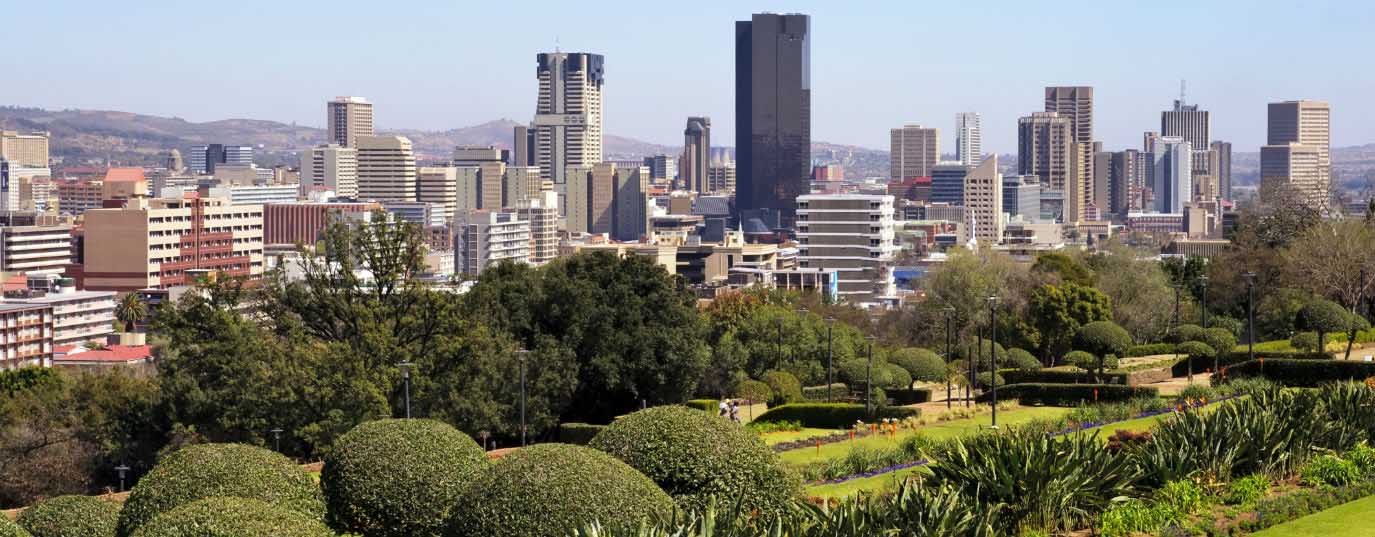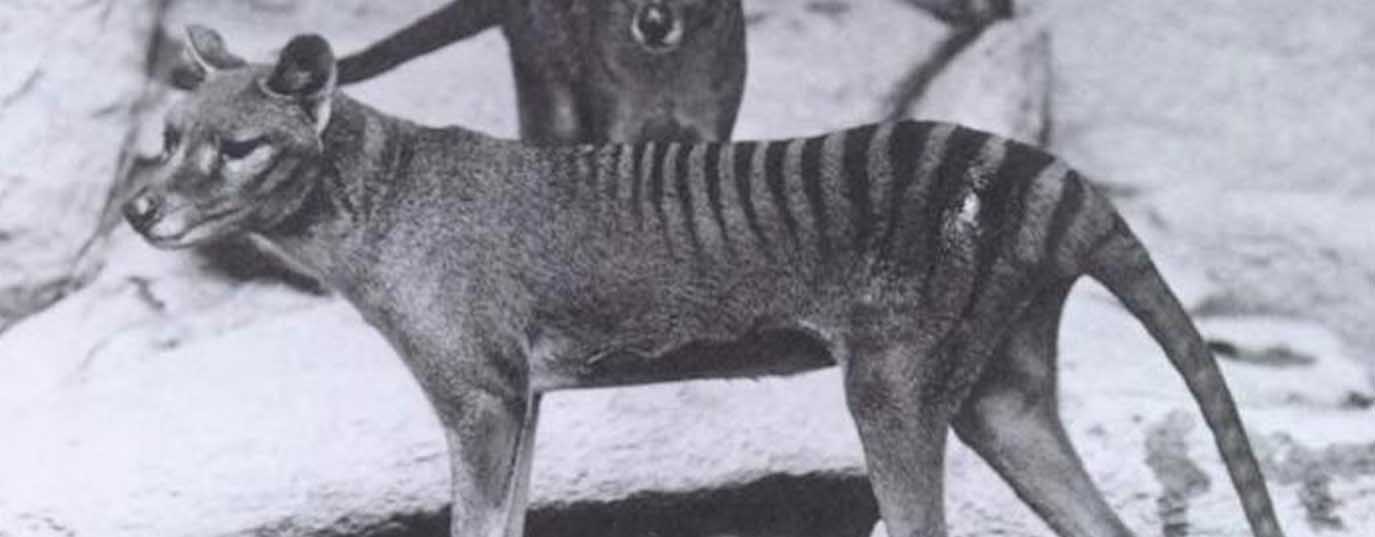Top 10 most threatened ecosystems
IUCN recently published its list of the most threatened ecosystems. Nine are in serious risk and one is irrecoverable. Do you want to know them?
Top 10 most threatened ecosystems
An ecosystem is a community of living beings whose life processes are interrelated and develop based on physical factors of the same environment. The Earth is full of these habitats that are an inexhaustible source of biodiversity and its importance in the composition of the natural area of a country is unrejectable.
However, many ecosystems are at serious risk of survival because of human interaction. To draw attention to them, the International Union for Conservation of Nature (IUCN) has compiled a list of the ten most threatened.
IUCN classifies ecosystems according to their risk of extinction, there are eight categories: Not evaluated, data deficient, least concern, near threatened, vulnerable, endangered, critically endangered and collapse. In this list, all of the ecosystems are endangered except the last one - the Aral Sea - already collapsed and therefore unrecoverable.
Caribbean coral reefs
The natural barrier that protects the Caribbean coast is in serious danger of disappearing for various reasons, including tourist development, overfishing and global warming.
A recent study by the World Resources Institute talks about an economic loss figure in case of extinction of the ecosystem in an amount ranging between 350 and 870 million dollars a year.
According to a report published last year by the World Network of Coral Reef Monitoring (GCRMN), the International Union for Conservation of Nature (IUCN) and the Environment Programme of the United Nations (UNEP), an important part of the Caribbean coral reefs could eventually disappear in just two decades by the gradual lack of herbivorous fish.
Alaskan kelp forest
The coast of Alaska is protected by an ecosystem of algae that are the perfect environment for the emergence of many species, including commercial exploitation fish stocks. Moreover, they are a natural barrier to the hard surf of the northern United States and absorb carbon dioxide.
However, these kelp forests are seriously threatened by pollution spills and overfishing, destroying the otter food chain allowing sea urchins raze algae.
These underwater forests can grow up to half a meter a day and reach 80 meters high. They grow in nutrient-rich waters and always at temperatures below 20 ºC, so increases in water temperature negatively affects their ecological value.
Murray-Darling basin wetlands
The Murray and Darling rivers basin in Australia, with a length of over 3,500 kilometers, not only supply water to the most populated area of the country (Adelaide, Melbourne and Sydney), but also give life to wildlife and flora of a lot of swamps, forests and lakes.
The biggest enemy of these wetlands is the farm holding, which has led to the disappearance of the vegetation of the area and drought in some parts of the Murray River (which is estimated at 18% capacity), causing salinity level rise.
Recently, the Authority of the Murray-Darling Basin has decided to reduce water consumption by irrigation - gigaliters 2,750 less compared to 2009 - to ensure sustainable use of water.
Sydney coastal wetlands
This natural environment of Australia, in which its most populous city, Sydnety, is nestled, is one of the most threatened.
The Office of Environment and Heritage of New South Wales says that in the last two centuries 60% of coastal wetlands in the state has disappeared. The reasons? There are many and they all have to do with human interaction: fracking, housing development, coal mining, other activities emitting greenhouse gases, introduction of invasive species, ...
South karst springs
Of the fifty species of crabs that inhabit the Piccaninnie Ponds Park, on the southern coast of Australia, 34 of them they are endangered and critically endangered.
This sad reality is caused by the disappearance of the water table - accumulation of underground water - that rises to the surface. 862 hectares of these springs are protected from human exploitation, but according to the IUCN is not enough if we want to save the entire ecosystem.
As a curiosity, it should be mentioned that in 2013 Piccaninne Ponds joined the list of most important wetlands in the world.
Coorong lagoon and Murray River estuary
The use of its wetlands water as an irrigation source for the adjacent agricultural areas is the biggest challenge for the Coorong lagoons in the estuary of the Murray River. With an area of 140 kilometers of coastline, IUCN and WWF agree to label this ecosystem as critically endangered.
The Ramsar Convention included the Coorong lagoon on its list of national parks and has managed to avoid its complete disappearance, although only 10% of the area remains unchanged.
Earlier this year, authorities in South Australia started dredging the bottom of the Murray River in its river mouth into the Coorong National Park. The aim was to maintain a minimum flow removing part of the sand bottom and depositing it on the nearby beaches to facilitate the flow of the river stream.
Mountain 'fynbos' on Cape Town
One of the most threatened ecosystems in the world is located in Cape Town, South Africa. With extensions that accommodate 8,500 vascular plant species -70% of them endemic-, thickets of fynbos are in grave danger of disappearing because of the fires, urban expansion and urban expansion.
Moreover, the introduction of invasive plant and animal species puts in serious danger the natural composition of the area.
This protected Cape Floral Region area was included by UNESCO on its official list of World Heritage Sites along with other twenty places in the world. The international organization points out that nearly 20% of all native plant species in Africa are typical of this ecosystem.
Rhineland raised bogs
In the Hunsrück and Eifel bogs, in the German Rhineland, several plant and animal species have entered the list of endangered species due to the gradual destruction of their environment.
The ecosystem composed by mounds, depressions and flooded areas is home to a myriad of organisms under which a large amount of carbon lies and when destroyed releases greenhouse gases that alter habitat conditions.
Acacia forests in the Senegal River basin
The problem in the Senegal River basin is particularly serious. Indigenous communities in Senegal, Mali and Mauritania have been displaced due to intensive agriculture, construction of dams and livestock exploitation.
Floodplains, which used to maintain an optimal balance between drought and high waters, have been altered and even granivorous birds that helped maintain the ecosystem have emigrated.
Aral Sea
The case of the Aral Sea, probably dry after 600 years, is the symbol of destruction. IUCN has listed this ecosystem as unrecoverable, as it used to be in the fourth largest lake in the world and now it's not even be in the top twenty.
It has lost 28 of its native species because of desertification, and pesticides and salinity make it impossible to continue growing cotton and grain, an economic engine for the area.
The Aral Sea was fed by the rivers Amu Darya and Syr Darya, two of the largest rivers of Central Asia. In the 60s, the Soviet government decided to set up an irrigation platform, including 20,000 miles of canals, 45 dams and more than 80 reservoirs to serve the fields of agriculture in Kazakhstan and Uzbekistan.
El Mar de Aral estaba abastecido por los ríos Amu Darya y Syr Darya, dos de los más caudalosos de Asia Central. En la década de los 60, el gobierno soviético decidió montar una macroplataforma de regadío, incluyendo 20.000 millas de canales, 45 presas y más de 80 embalses para dar servicio a los campos de agricultura de Kazajistán y Uzbekistán.
Sources: El País, International Union for Conservation of Nature, Ramsar Convention, The Guardian, 101 viajes increíbles, ABC, Clarín and National Geographic.









